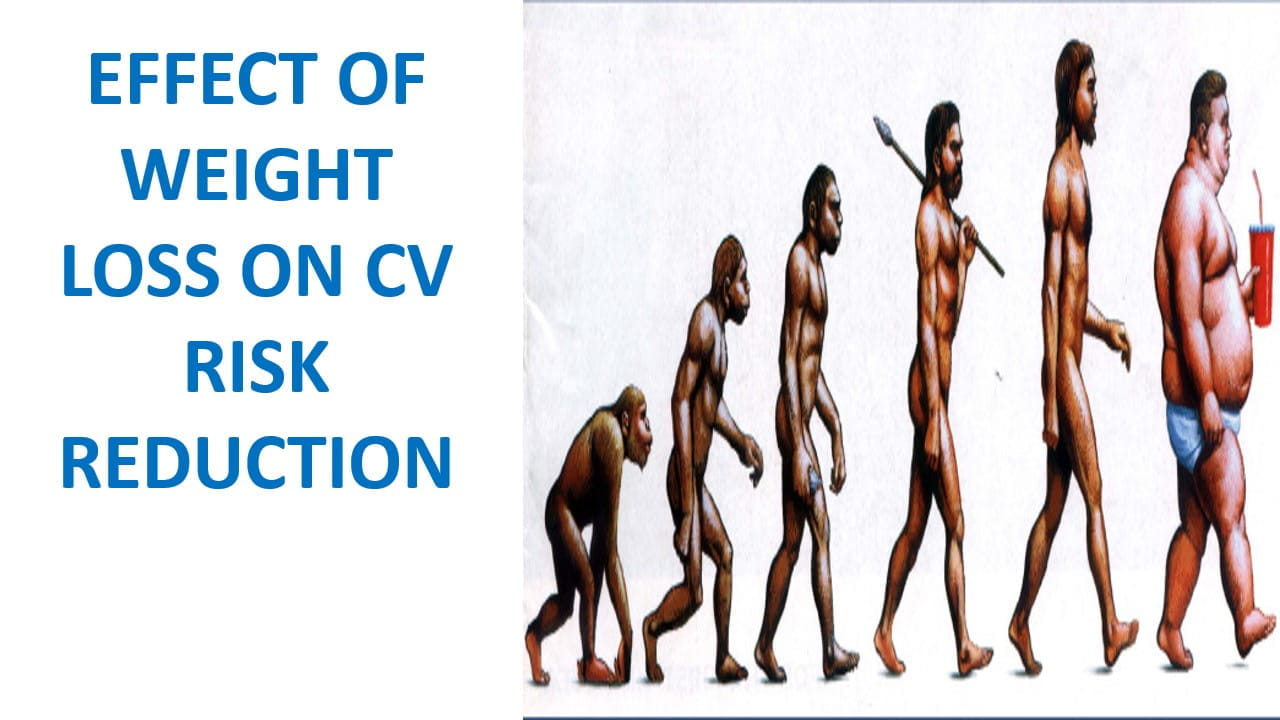Modified Application of Cardiac Rehabilitation for Older Adults (MACRO)
Speaker: Dr. Daniel E. Forman
Key Highlights
Introduction:
Cardiac rehabilitation is arguably a very good model of care for the aging population that is predisposed to cardiovascular disease as a result of the greater health difficulties that come with age. Physical function has been proven to improve post hospitalization, but other age-related concerns, such as multi-morbidity and frailty, sometimes serve as hurdles to cardiac rehabilitation.
Aim:
MACRO aimed to study the utility of coaching intervention with the hypothesis that given coaching could increase physical function after a cardiovascular disease hospitalization by enhancing participation in cardiac rehabilitation. The main objective of the study was to increase the functional capacity by facilitating cardiac rehabilitation and to measure the functional outcomes and duration of the outcomes at the end of 3,6, and 12 months.
Methods:
-
It was a randomised control trial which compared the outcomes of the MACRO coaching intervention and the usual care.
-
4,600 patients were screened for participation out of which 350 were randomised and divided into 2 groups:
-
Group 1: 176 were included in the MACRO coaching intervention
-
Group 2: 174 were included in the control group
-
The MACRO coaching included the following:
-
Behavioural modification: personalised goal setting and progress tracking
-
Comprehensive geriatric risk assessment: Included medical, psychosocial and functional domains.
-
A range of cardiac rehab formats: Site, Home, hybrid-CR
-
The participants were asked about their goal for themselves which ultimately made this approach more patient centric and motivational for them.
-
Patients aged 70 years or above and who were hospitalized for Cardiovascular disease like CAD, HF, PAD, VHD were included in the study.
-
Originally the outcome measures included the Short Physical Performance Battery(SPPB) which assessed the gait, strength, and balance of the population but because of COVID the outcomes measure was changed to Activity Measure for Post-Acute Care Adaptive Testing (AM-PAC-CAT).
-
Other complementary measures included:
-
Accelerometry
-
Daily Activity Domain (AM-PAC-CAT)
-
Duke Activity Status Index
-
Veterans RAND-12 (SF-12)
-
Morley Frailty Scale (5 measures)
Results:
-
There was no significant difference between both the groups when AM-PAC-CAT was considered from baseline to 3-months (p-value: 0.5430)
-
There was no significant difference between both the groups when accelerometry was considered (p-value: 0.9257).
-
No significant difference was seen between both the groups when DASI, Veterans RAND-12 and Frail Scale were considered with the respective p-values being 0.2727, 0.2723 and 0.5071.
-
75% of the participants of the MACRO group and 72.4% of the participants showed adverse effects and serious adverse effects.
-
It was also seen that coaching might be effective in relation to particular participant features like comorbidities, sex, local process of care.
-
COVID related protocol might have had an effect on the results as well.
Conclusion:
There was no significant evidence which showed that MACRO-I increased physical function though coaching had a dose-related effect on physical function since high coaching engagement over 3 months led to increased physical function that persisted over a year.
Lifetime Benefit by Control of Modifiable Risk Factors
Speaker: Dr. Christina Magnussen
Key Highlights
Introduction:
Approximately 50% of the global cardiovascular disease (CVD) burden is due to five classical risk factors. The current estimates of lifetime risk for CVD range from 5%-50% depending on various factors like the endpoint definition, follow-up duration and CVD risk in different populations. There is a need for robust global, individual-level data related to lifetime estimates in order to streamline preventive action globally.
Aim:
The trial's major goal was to assess the sex-specific lifetime risk of CVD and death, as well as the lifetime difference between individuals with classical and non-classical risk factors. The study also looked at the lifetime difference that resulted from risk factor reduction at a certain age decade.
Methods:
-
Harmonized individual level data which included 20,78,948 participants was collected from the Global Cardiovascular Risk Consortium.
-
The following risk factors were investigated:
-
Arterial Hypertension: Systolic BP 130 mmHg or more
-
Hyperlipidemia: Non-HDL cholesterol levels with BP 130 mmHg or more
-
Underweight/ Overweight/ Obesity: Body-mass index of less than 20 kg/m square or a BMI of 25 kg/m square or more
-
Current smoking
-
Diabetes
-
The following 2 outcomes were considered in order to arrive at the conclusion: Cardiovascular disease and death from any cause
-
Cardiovascular disease included the following:
-
Myocardial infarction
-
Unstable angina
-
Coronary revascularisation
-
Ischemic and hemorrhagic stroke
-
CV death & Unclassifiable death
-
The lifetime estimates were obtained from recalibrated cause specific Weibull models for CVD interest before age 90 years. The index age of the patients was 50 years and predictions were made up to 90 years.
Results:
-
For the participants who had no risk factors involved the lifetime risk for CVD was substantial with 13% for women and 21% for men.
-
For the participants who had all the 5 risk factors involved the lifetime risk for CVD was 24% for women and 38% for men.
The following table shows the summary of gender wise results of both the outcomes.
|
Risk Factor Scenario |
CVD (Women) |
CVD (Men) |
All-Cause Death (Women) |
All- Cause Death (Men) |
|
Presence of All Five Risk Factors |
13.3 years |
10.6 years |
14.5 years |
11.8 years |
|
Absence of Systolic BP |
~2 years |
~2 years |
Slightly higher |
Slightly higher |
|
Absence of Non-HDL Cholesterol |
~1 year |
~1 year |
Slightly higher |
Slightly higher |
|
Absence of BMI (obesity) |
2–2.6 years |
2–2.6 years |
Slightly higher |
Slightly higher |
|
Absence of Diabetes |
4 years |
4 years |
Higher than for CVD |
Higher than for CVD |
|
Absence of Smoking |
5–5.5 years |
5–5.5 years |
Higher than for CVD |
Higher than for CVD |
Conclusion:
The lifetime risk for CVD remained substantial even in participants who had no risk factors involved. The absence of the five classical risk factors at the age of 50 years was associated with a life expectancy that was more than a decade longer when compared to the participants who had all the five risk factors involved. When all the risk factors were compared, modification of arterial hypertension towards optimal levels was correlated to the most additional life years in participants during midlife.
ACC.25, March 29 - 31, 2025, Chicago




